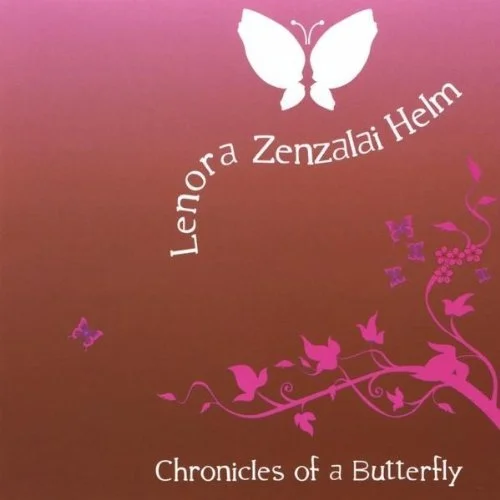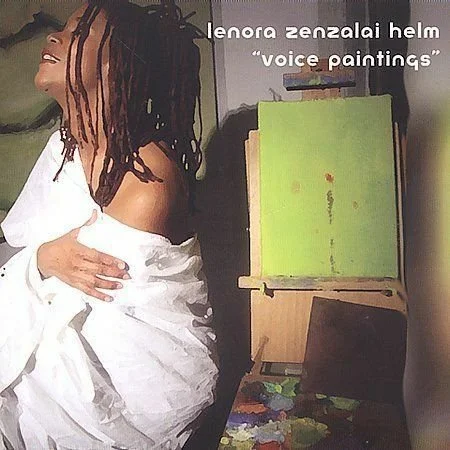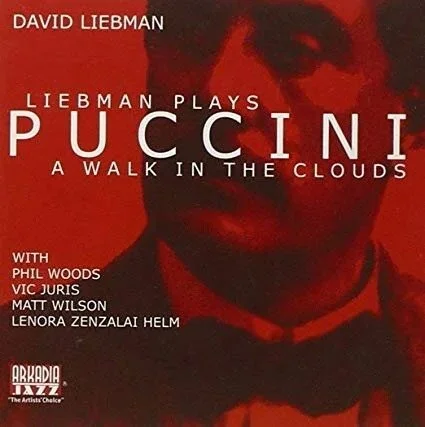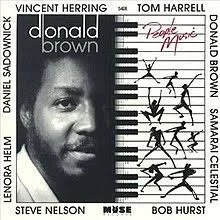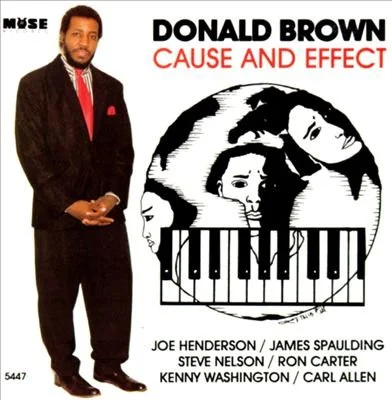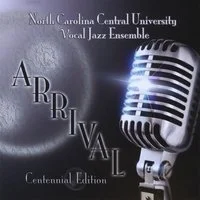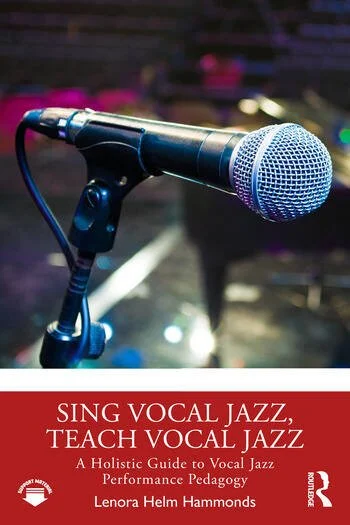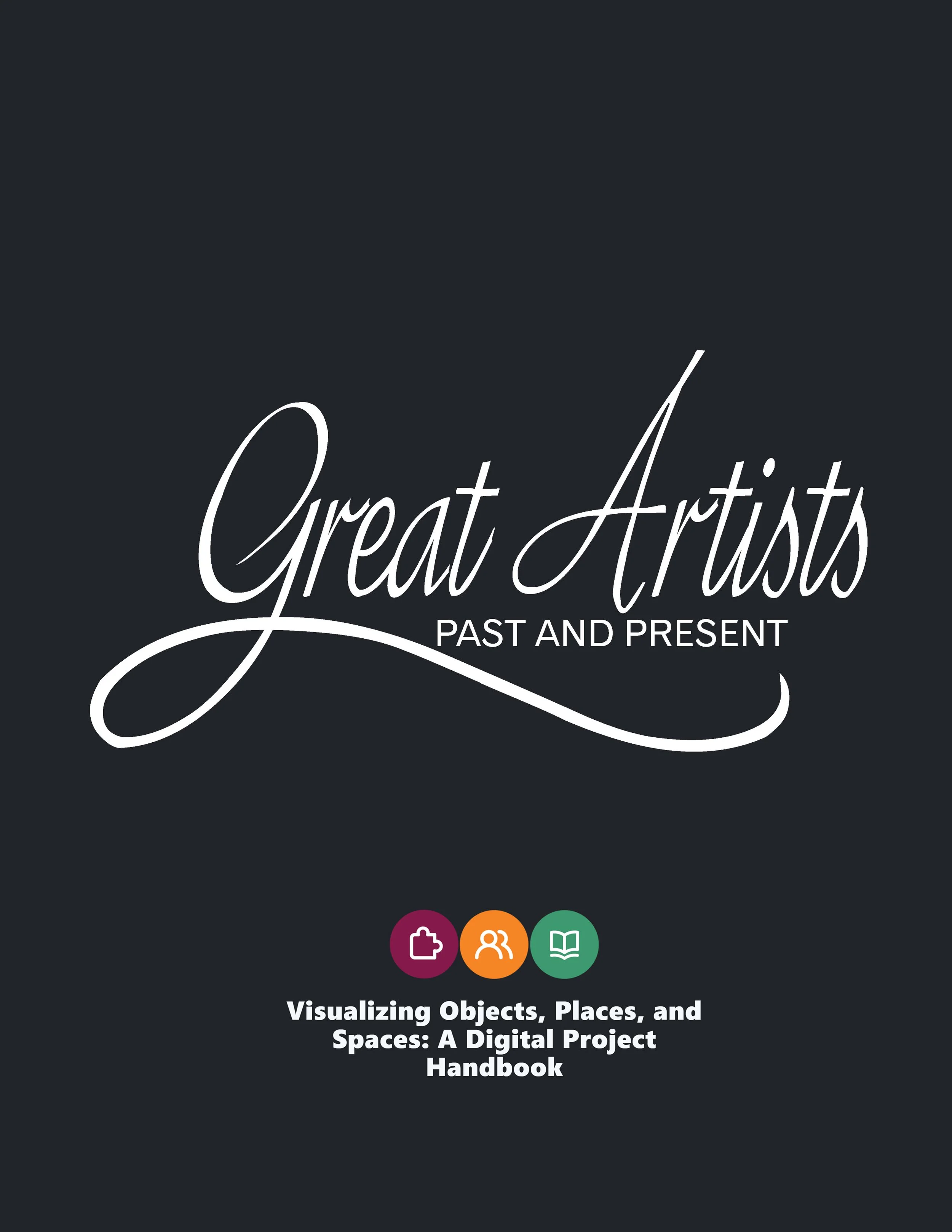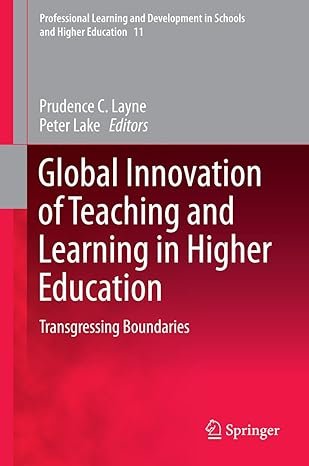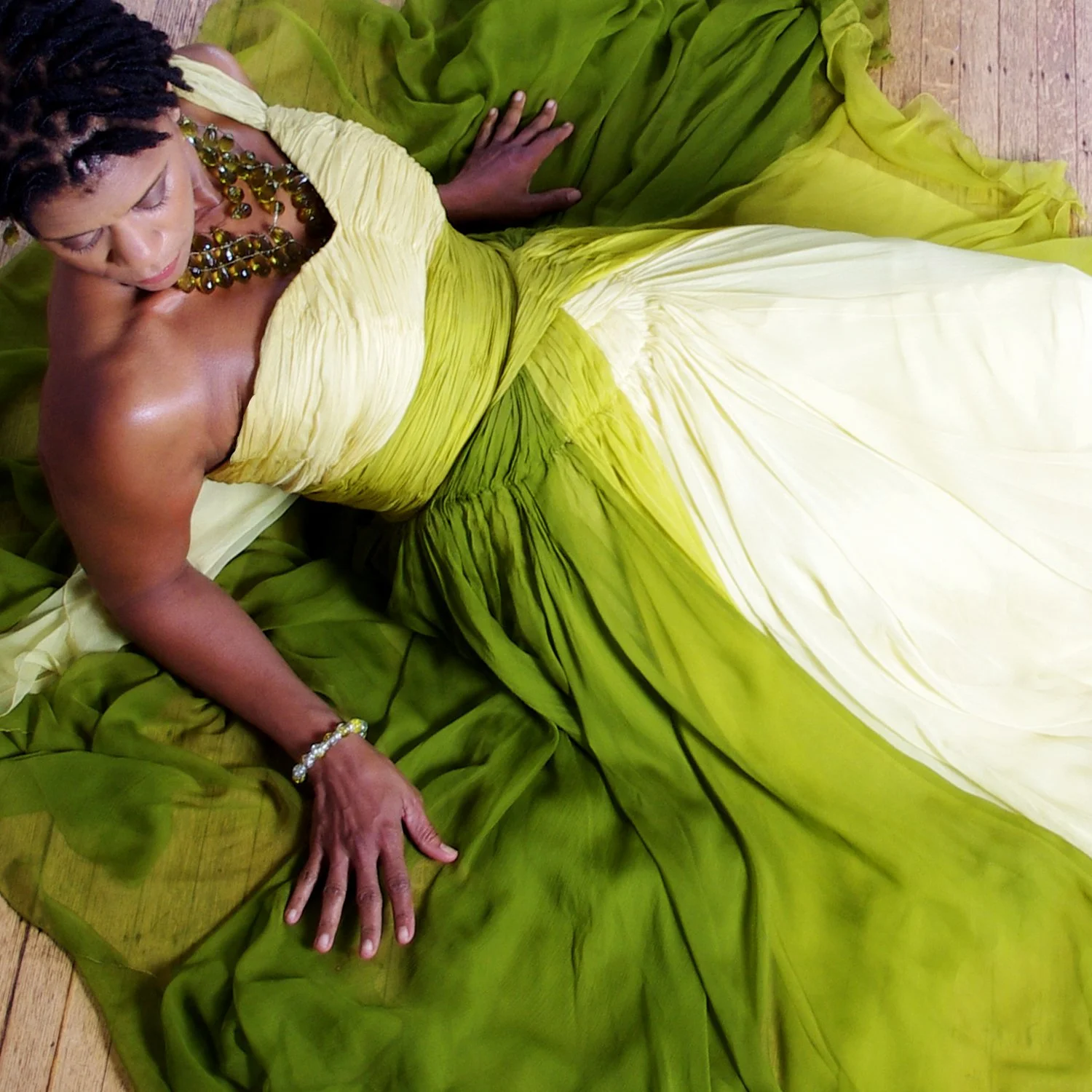
photo credit: Preston Thomas
Collaborations & Features
Sepia | Absence of Pain
David Liebman | Liebman Plays Puccini A Walk in the Clouds
Donald Brown | People Music
Marlon Saunders | Enter My Mind
Donald Brown | Cause and Effect
The Andrew Hill Jazzpar Octet +1 | The Day the World Stood Still
Antonio Hart | Ama Tu Sonrisa
North Carolina Central Vocal Jazz Ensemble | Take Note
North Carolina Central Vocal Jazz Ensemble | Arrival (Centennial Edition)
Sixun | Lunatic Taxi
Publications
Sing Vocal Jazz, Teach Vocal Jazz: A Holistic Guide to Vocal Jazz Performance Pedagogy provides a step-by-step, research-based, field-tested set of pedagogical tools specific to vocal jazz.
Covering topics from choosing the best jazz repertoire for one’s distinct voice to expressing the aesthetics of swing, improvisation, and blues, Sing Vocal Jazz, Teach Vocal Jazz provides a blueprint to understanding and applying the identifying performance aspects of vocal jazz. The book is enriched and informed by the voices of industry giants, including award-winning performers, NEA Jazz Masters, GRAMMY awardees, and heralded vocal jazz composers and arrangers. An additional feature of Sing Vocal Jazz, Teach Vocal Jazz is access to online audio material via the password-protected QR code.
Sing Vocal Jazz, Teach Vocal Jazz will be an invaluable, practical guide for vocal professionals, choral teachers, jazz choir teachers, jazz ensemble teachers, vocal studio owners, and online vocal teachers.
The Routledge Companion to Jazz and Gender identifies, defines, and interrogates the construct of gender in all forms of jazz, jazz culture, and education, shaping and transforming the conversation in response to changing cultural and societal norms across the globe. Such interrogation requires consideration of gender from multiple viewpoints, from scholars and artists at various points in their careers. This edited collection of 38 essays gathers the diverse perspectives of contributors from four continents, exploring the nuanced (and at times controversial) construct of gender as it relates to jazz music, in the past and present, in four parts:
Historical Perspectives
Identity and Culture
Society and Education
Policy and Advocacy
Acknowledging the art form’s troubled relationship with gender, contributors seek to define the construct to include all possible definitions—not only female and male—without binary limitations, contextualizing gender and jazz in both place and time. As gender identity becomes an increasingly important consideration in both education and scholarship, The Routledge Companion to Jazz and Gender provides a broad and inclusive resource of research for the academic community, addressing an urgent need to reconcile the construct of gender in jazz in all its forms.
Interpreting the Arts: A Digital Library of Artists of African Descent for Humanities Teaching in the Performing and Visual Arts. Visualizing Objects, Places, and Spaces: A Digital Project Handbook.
Professor Helm Hammonds created a project to develop DH tools to be used by performing artists in a research-based online teaching artist certificate program. The tools aided in defining new pedagogical methodologies to equip artists with curated materials for arts residencies, auditorium performances and research materials. In addition to story maps, timelines, databases, and mini-documentaries, a new website is under construction comprising the DH tools.
Jazz, Constructionism, and Music Composition: Building Cultural Competencies in a Global Classroom Through the Performing Arts,” Globally Networked Teaching in the Humanities, Chapter 16.
As colleges and universities in North America increasingly identify "internationalization" as a key component of the institution’s mission and strategic plans, faculty and administrators are charged with finding innovative and cost-effective approaches to meet those goals. This volume provides an overview and concrete examples of globally-networked learning environments across the humanities from the perspective of all of their stakeholders: teachers, instructional designers, administrators, and students. By addressing logistical, technical, pedagogical, and intercultural aspects of globally-networked teaching, this volume offers a unique perspective on this form of curricular innovation through internationalization. It speaks directly to the ways in which new technologies and pedagogies can promote humanities-based learning for the future and with it the broader essential skills of intercultural sensitivity, communication, and collaboration, and critical thinking.
Navigating the Performing Arts in Globally Networked Learning Environment: The Case of Jazz! Born in America. Global Innovation of Teaching and Learning in Higher Education: Transgressing Boundaries, Chapter 9.
This book examines current trends in higher education and the Scholarship of Teaching and Learning. It introduces readers to pedagogical strategies that instructors worldwide are using to overcome some of the challenges they face in higher education. To maximize their students’ learning, this work argues that institutions are compelled to innovate their policies and instructors must be collaborative and creative in their practices in response to students’ growing demands, needs, challenges to their learning, and the shifting terrain of a rapidly globalizing world.
The text explores the idiosyncrasies and challenges that drive innovation across particular cultures, disciplines, and institutions. It suggests that the responses to these drivers offer some universal and compatible lessons that not only optimize teaching and learning but also transgress institutional, cultural, and disciplinary boundaries in higher education. The contributors to this collection work in the United States, the United Kingdom, Africa, Asia, Australia, Scandinavia, and the Middle East. They represent a broad range of disciplines, fields, and institutional types. They teach in varied contexts, durations, delivery modes, and formats, including online, study abroad, blended, accelerated, condensed, intensive, and mortar-and-brick settings. Their higher education students are equally as diverse, in age, cultural backgrounds, and needs, but willingly lend their voices and experiences to their instructors’ study of teaching and learning in their particular contexts. This book harnesses the rich diversities and range our contributors represent and shares the results of their expertise, research, and assessments of some of the most creative and effective ways to improve student learning in the face of stagnant practices, limited resources, and other deficiencies that instructors and students face in higher education.



